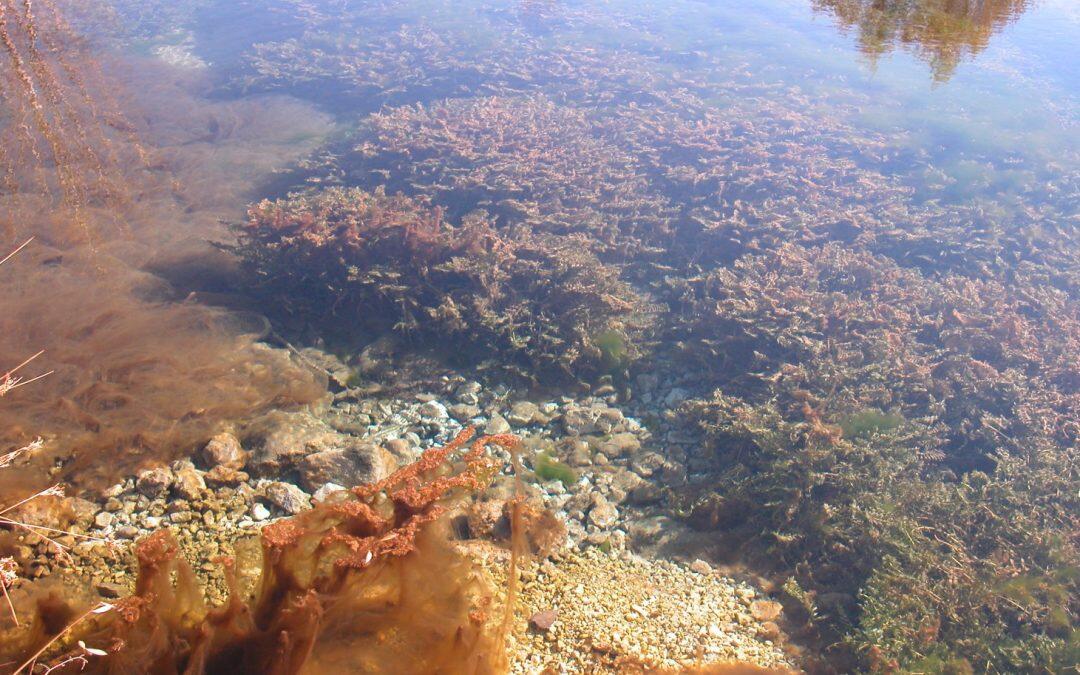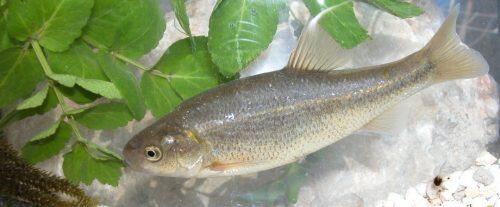Marine organisms in Lebanon have been gaining more attention in the past few years. While it is extremely important to highlight violations against marine life in general, it is also very important to shed light on endangered species, or to bring to light some kinds of fish or other marine organisms that were considered extinct.
The Lebanese spring minnow Pseudophoxinus libani is one of the kinds of fish that was considered extincts since 1985, before the ichthyologist, Marine Biologist and Professor at AUB Michel Bariche discovered it in Lebanon’s fresh water, after several years of research and studies.
According to Bariche, the fish was first discovered by Lortet in 1883 from the Lake Yammouneh (as Phoxinellus libani), and was considered an endemic species the only native fish species living in the seasonal mountain lake.
Lake Yammouneh, was situated within the Litani drainage, but isolated from the Litani River itself, the Professor mentions in a report he provided for “greenarea.info”. He adds that “Water accumulated to form a temporary mountain lake of about 3 km length and 2 km width, at 1650 m altitude. It drained from a sinkhole and existed for around five months a year. During the summer, all fish accumulated in small ponds and nearby springs, and were captured by locals for consumption. The species would reproduce very quickly the following spring and repopulate the entire water body in few months”.
However, In 1937, an artificial tunnel was opened to allow water to drain towards the Al-Biqa’a, a fertile valley situated east of Mount Lebanon. The lake disappeared almost completely since then and only few small springs and ponds still have permanent water in the catchment basin.
After the fish was considered extinct by the Lebanese Ministry of Agriculture since 1985, new specimens were collected from nearby springs by Michel Bariche, in 1997 (22 years after the species had been declared extinct).
The professor confirms: “Morphological and molecular study concluded that P. libani is not extinct and not restricted to the Yammouneh area”, adding “It is a common species living in the Assi, Litani and upper Hasbani, and it is the same fish (known as P. kervillei). So Pseudophoxinus kervillei does not exist and the real name of the fish is actually P. libani”.
In an interview with “Greenarea.me”, Bariche stressed that “water scarcity, river pollution, and excessive unsustainable consumption of resources, in addition to the and urban sprawl, will negatively affect the unique species and biodiversity existing in the region”. He also mentioned that “human intervention will affect biodiversity very badly”.
Habitat of P. libani – Dr. Michel Bariche












